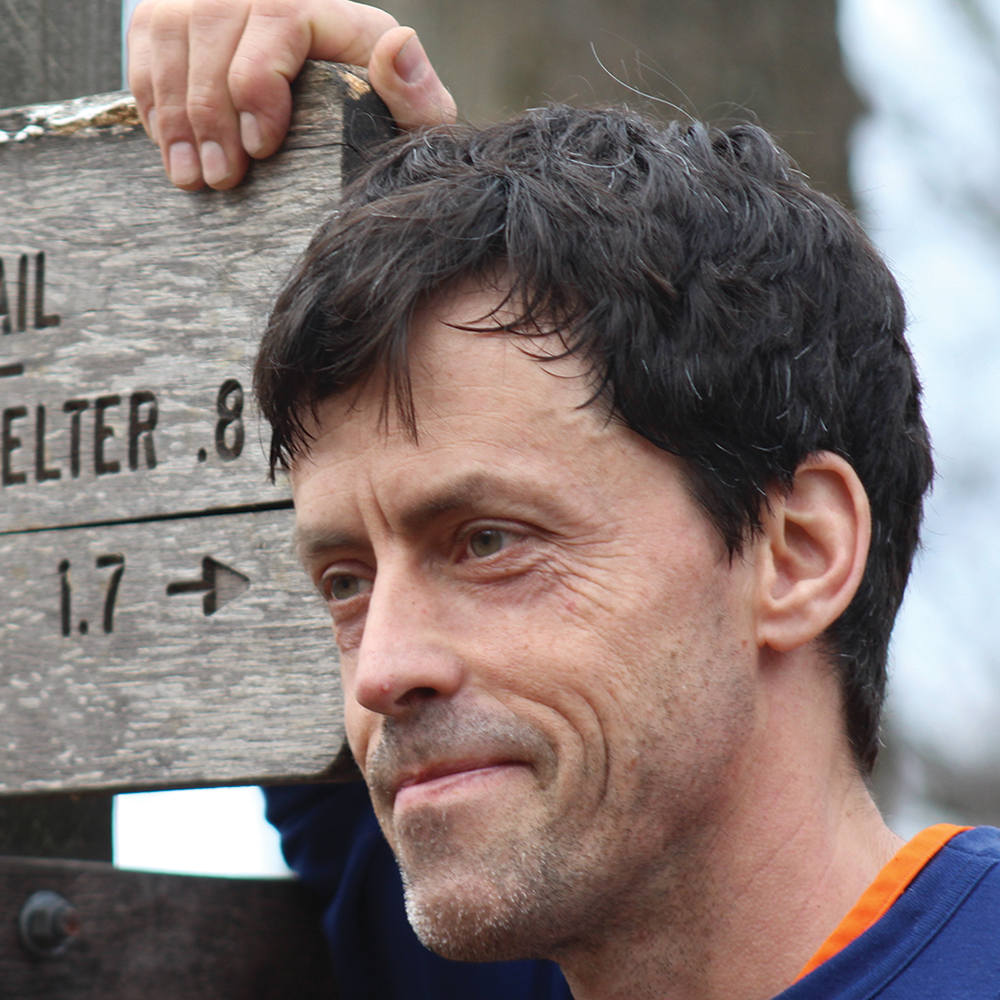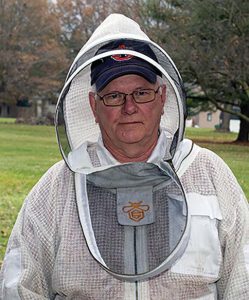Author: Jay Evans
Last month I reviewed fundamental studies that have used hand-tagged bees to determine with actuarial precision the typical worker bee lifespan and productivity. These studies rely on Radio-frequency identification (RFID), a tagging system that beats other methods by using extremely liteweight paper tags. RFID tags, unique to each bee, respond to an antenna signal every time tagged bees pass a hive recorder. An author of one of these RFID studies, Andrew Barron from Australia’s Macquarie University (http://andrewbarron.org/) pointed me to a brand-new study from their group. This study combined the power of RFID with careful colony-level field experiments to determine the subtler effects of chemical stress on the endurance of foraging workers. Already oddly obsessed with the forces that lead to worker burnout, I was hooked. It turns out that this is one of many studies that have used RFID to spy on both overachieving workers and those that don’t bring home the pollen. These studies are pushing the limits for our understanding of the subtler causes of honey bee colony failure.
Student Théotime Colin led the Macquarie group with guidance from Barron along with USDA (William Meikle) and Jiangxi University (Xiaobo Wu) collaborators. Their paper “Traces of a Neonicotinoid Induce Precocious Foraging and Reduce Foraging Performance in Honey Bees” (Environmental Science and Technology, 2019) details the impacts of a typical chemical stress on lifetime food collection by worker bees. The punchline is that the effects are subtle but cumulative for colony health. What is truly fascinating, though, is the detail with which each worker’s life is mapped out. As in Barron’s earlier worker, ‘elite’ foragers carried out hundreds of trips, even in the colonies facing a chemical challenge. The proportion of these elites in the forager pool was lower when colonies were given five parts-per-billion imidacloprid in their food. Consequently, the net number of foraging trips (money in the form of honey, and pollen) was significantly reduced. Exposed bees returned from 46 foraging trips on average, versus 64 trips for controls. Since they also foraged for shorter timespans, exposed bees spent nearly six hours less time on foraging trips over their lifespans than did controls (910 minutes versus 1437 minutes). The main reason for this was that exposed bees died in the midst of foraging, with a median foraging career of 8 days versus 10 for controls.
Shortened lives are also found in worker bees infected with disease. Lori Lach and colleagues showed that relatively low-level infections with the gut parasite Nosema (in their case 400 spores of Nosema apis) led to higher mortality and smaller returns to the colony. They present their work in the Journal of Invertebrate Pathology (“Parasitized honey bees are less likely to forage and carry less pollen” 2015). Again, the effects were significant but subtle. The odds of taking even one foraging trip were lower in bees given the parasite, and challenged bees had significantly fewer trips across their lifetimes. They also much preferred nectar to pollen on foraging trips, while control bees showed an equal preference for pollen and nectar. This might be a rare case where foragers put their own needs ahead of the colony, since Nosema presents an energetic drain to foragers that can be countered by sugar consumption.
Virus infections, even those with ominous names like Deformed wing virus and Acute bee paralysis virus (or ‘Slow’ bee paralysis virus, for that matter), are generally not visible to beekeepers. Nevertheless, like Nosema and chemical stress, viral infections can have strong impacts on individual bees and colonies. A recent paper by Kristof Benaets and colleagues in Belgium and England tackles the long-term impacts of Deformed wing virus on worker bees (“Covert deformed wing virus infections have long-term deleterious effects on honeybee foraging and survival’, Proceedings of the Royal Society) Perhaps not surprisingly by now, infected bees showed both a tendency to die young and poor foraging returns when they survived. Tagged bees that had been injected with a sublethal virus dose were twice as likely to die before they reached the age of foraging, despite starting to forage at a younger age. As foragers they fared even worse, flying three fewer days than healthy bees. In total, infected bees lived nearly five days less than controls, and that lost time was especially noticeable in their abilities to bring home food.
As alarming as a shortened lifespan might be, nutrition, stress, and disease can also change the abilities of bees to perform critical benchmark roles as they develop. These changes might throw the whole colony out of balance. Barron, again, described this adeptly in an essay titled “Death of the Bee Hive” in Current Opinion in Insect Science (2015). Normally, an active forager cohort in bee hives acts as a break for younger bees, arresting their development so that they remain as nurses and hive bees for up to two weeks. When foragers die young, the breaks are released and workers begin to forage early. They are not so good in their new role and that fact, combined with a tendency to burn out early as foragers, can cause colonies to spiral downward.







